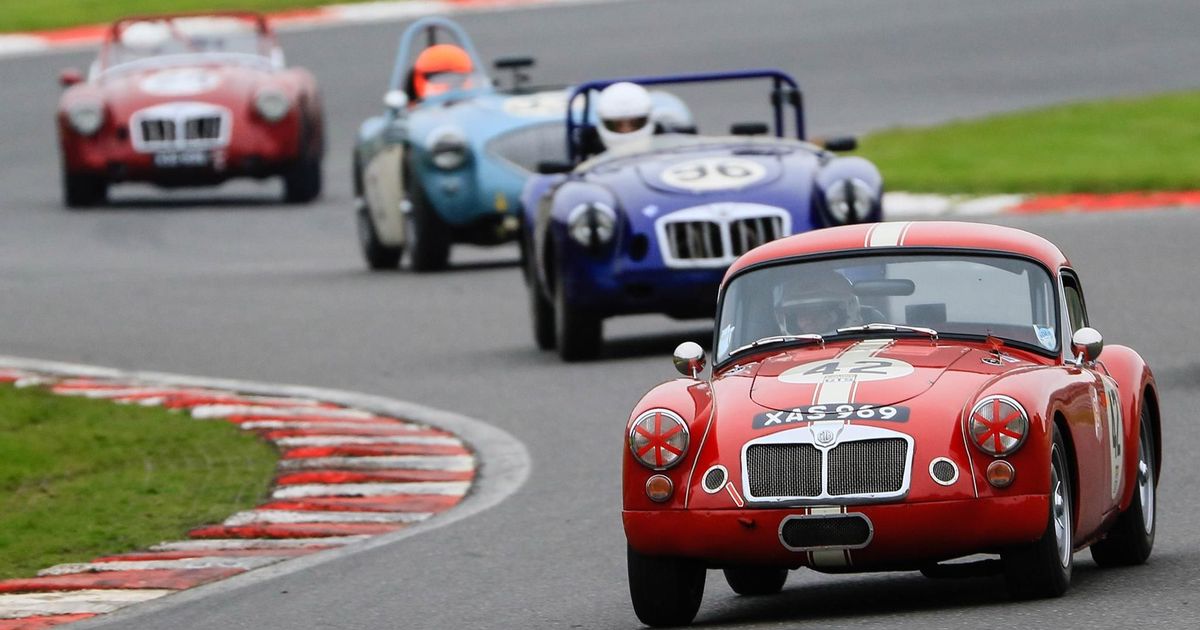Though usually known for their pop culture influence, the initials MG have also been a prominent part of motor sporting history since its early days. MG’s sporting pedigree can be traced back to its very first car, which was built specifically for competition. It won the gold medal at the 1925 Land’s End Trail.
The affordable and cheerful M-type Midget later emerged as the preference for enthusiasts seeking to race on a budget after an impressive win at the 1930 Brooklands Double-Twelve Race. In 1933, the C-type Midget made the fastest finish in its class at 24 Hours of Le Mans - the most prestigious endurance car race in the world. Just two years later, an MG K3 won the overall race, which also featured a memorable run by the Dancing Daughters in MG P-types. The F1 legend, Sir Stirling Moss, too has clocked the Le Mans in an MG. The MG EX181, Moss’ car, was also called the ‘roaring raindrop’.
MG’s first land speed record came in 1931 from the MG EX120 - more popularly known as ‘The Magic Midget’ - which became the first 750cc car to exceed 100mph speed. Eight years later, Major Goldie Gardner, an English racing legend, topped 200mph in an MG EX135, becoming the first in the world to do so in a light car. Between 1930 and 1959, MG broke no less than 43 records.
Many of MG’s star cars on the circuit went on to become pop culture sensations. Technology from MG’s race cars trickled down to its flagship offerings - a combination of comfort with the agility of race cars. Midget, for example, made the transition from the race track to the streets effortlessly, as did the Magnette and the MGB. By producing what are essentially functional sporty cars, MG also enabled the culture of racing across the world. A community of MG car owners united by a passion for racing and the brand quickly formed and the MG Car Club was instituted as early as 1930.
The MG Car Club (MGCC), has emerged as the most active single Marque race organising club in the UK. It caters to all racing disciplines and MG models, including the classic variety and has helped make car racing an affordable sport. The MG Metro Cup, for example, provides exposure to amateurs in saloon car racing at an affordable cost by providing fee reimbursements, refunds, age-based fee concessions etc. Some championships, such as MG Trophy, arrange tuition and professional guidance for drivers that seek coaching. Continental MG Racing even cuts down on the traditional costs such as membership, registration and entry costs.
MG’s efforts to make race car driving more accessible seem to be paying off. Over the past two decades, several enthusiasts who started their career with MG races have progressed to more advanced championships. MG Motor, and its passionate MG club members, have been instrumental in shaping the culture of car racing. And as the video below shows, this community is being built in India as well.
To know more about the brand, click here. And follow them on Facebook and Instagram for great pictures of their vintage and new models.
This article was produced by Scroll Brand Studio on behalf of MG and not by the Scroll editorial team.










